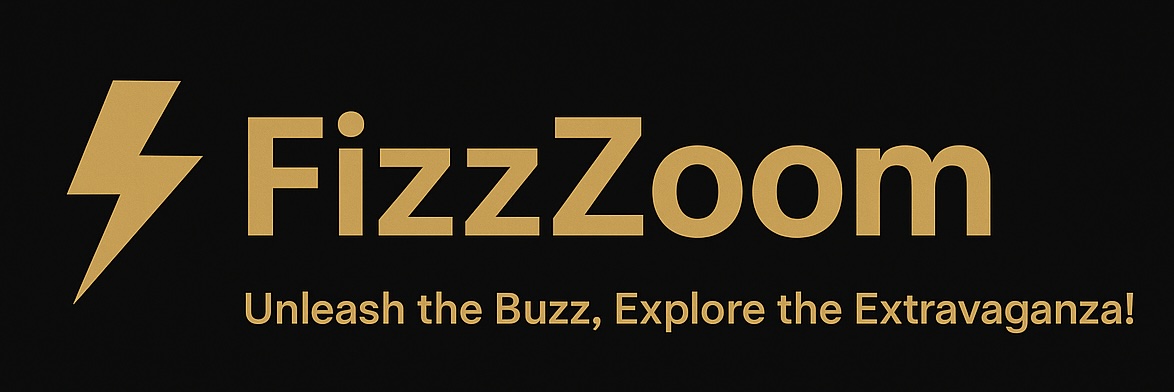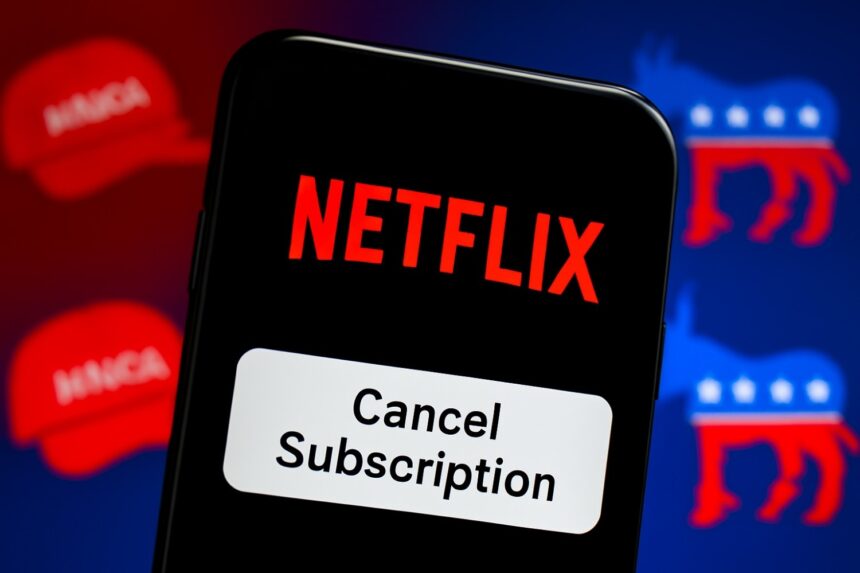The ongoing MAGA-driven boycott campaign against Netflix has ignited widespread controversy, fueled by political tensions and anxieties over recent financial donations linked to the streaming giant. The boycott, which surfaced amid increasing division in the U.S. political landscape, is rooted in allegations that Netflix’s leadership supported Democratic causes while neglecting conservative viewers.
The campaign gained momentum in late August 2025 after reports surfaced that Netflix co-founder Reed Hastings donated to Vice President Kamala Harris’ campaign. Conservative voices rallied against the platform, accusing it of partisan bias and calling for a mass cancellation trend dubbed “cancel Netflix.” Adding to the drama, comedian Stephen Colbert’s new deal with Netflix further polarized audiences, with MAGA supporters viewing it as emblematic of the company’s alleged left-leaning agenda.

Netflix has neither confirmed nor denied the accusations directly, but the company has experienced a noticeable surge in subscription cancellations from conservative users. “This is about fairness in entertainment. When people feel unheard or marginalized, they react,” said media analyst Karen Blake. The boycott reflects a broader culture war playing out within the media and entertainment industry, positioned against the backdrop of heightened political polarization in the United States.
The implications for Netflix are complex: the company’s global subscriber base is diverse, and while some viewers pull back in protest, others applaud the platform’s content diversity and progressive stance. Industry watchers suggest Netflix may need to navigate balancing its content strategy carefully to avoid alienating large segments of its audience.
As the boycott campaign continues, marketers and political analysts will closely watch the fallout — whether this movement represents a temporary flashpoint or a longer-term challenge signaling shifting audience expectations in an increasingly divided digital age.







